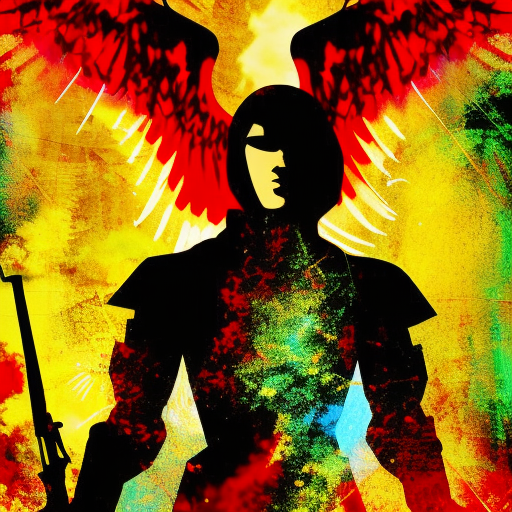One-line Summary:
The Killer Angels is a gripping historical novel that provides a detailed account of the Battle of Gettysburg during the American Civil War.
Introduction:
The Killer Angels, written by Michael Shaara, is a Pulitzer Prize-winning historical novel that takes readers back to the Battle of Gettysburg, one of the most significant battles of the American Civil War. Through vivid storytelling and compelling characters, Shaara brings to life the events leading up to the battle, the strategies employed by both the Union and Confederate armies, and the personal sacrifices made by soldiers on both sides.
The Battle Unfolds:
The novel begins with General Robert E. Lee’s decision to invade the North, hoping to secure a decisive victory that would force the Union to negotiate peace. As Lee’s Army of Northern Virginia marches towards Pennsylvania, the narrative shifts between the perspectives of various key figures, including Lee himself, General James Longstreet, and Colonel Joshua Lawrence Chamberlain.
The battle commences on July 1, 1863, as Confederate forces clash with Union troops on the outskirts of Gettysburg. Shaara skillfully describes the chaos and confusion of the battlefield, the bravery of individual soldiers, and the strategic decisions made by the commanding officers. The fighting intensifies over the next three days, with both sides suffering heavy casualties.
The Leaders’ Dilemmas:
Throughout the novel, Shaara delves into the minds of the military leaders, exploring their motivations, doubts, and dilemmas. General Lee, portrayed as a brilliant tactician, struggles with the burden of command and the weight of his decisions. He believes in the righteousness of the Confederate cause but is haunted by the fear of failure and the loss of his men.
On the Union side, General Longstreet questions Lee’s aggressive tactics and advocates for a defensive strategy. He recognizes the strength of the Union position at Gettysburg and fears the devastating consequences of a direct assault. However, his advice is often disregarded by Lee, leading to tension and frustration.
The Human Cost:
Shaara also highlights the human cost of war through the experiences of individual soldiers. Colonel Chamberlain, a former professor turned officer, leads the 20th Maine Infantry Regiment in a heroic defense of Little Round Top, a crucial position on the Union line. Chamberlain’s men, low on ammunition, engage in a desperate bayonet charge that repels multiple Confederate assaults.
The novel also explores the perspectives of soldiers on the Confederate side, such as General Lewis Armistead, who leads a valiant charge against the Union center on the final day of battle. The personal stories of these soldiers humanize the conflict and demonstrate the sacrifices made by those on both sides.
Key Takeaways:
- The Killer Angels provides a gripping and realistic portrayal of the Battle of Gettysburg, showcasing the complexities of war and the human experiences of those involved.
- The novel explores the motivations and dilemmas faced by military leaders, shedding light on the challenges of command during a pivotal moment in history.
- Shaara’s vivid storytelling and attention to detail make the historical events come alive, allowing readers to gain a deeper understanding of the battle and its significance.
Memorable Quote:
“It’s all right, Colonel. We’re all going. It’s a good death.” – General Lewis Armistead
In conclusion, The Killer Angels is a masterfully crafted historical novel that transports readers to the Battle of Gettysburg, immersing them in the struggles and sacrifices of those involved. Through its rich character development and vivid descriptions, the book provides a comprehensive and engaging account of this pivotal moment in American history.












